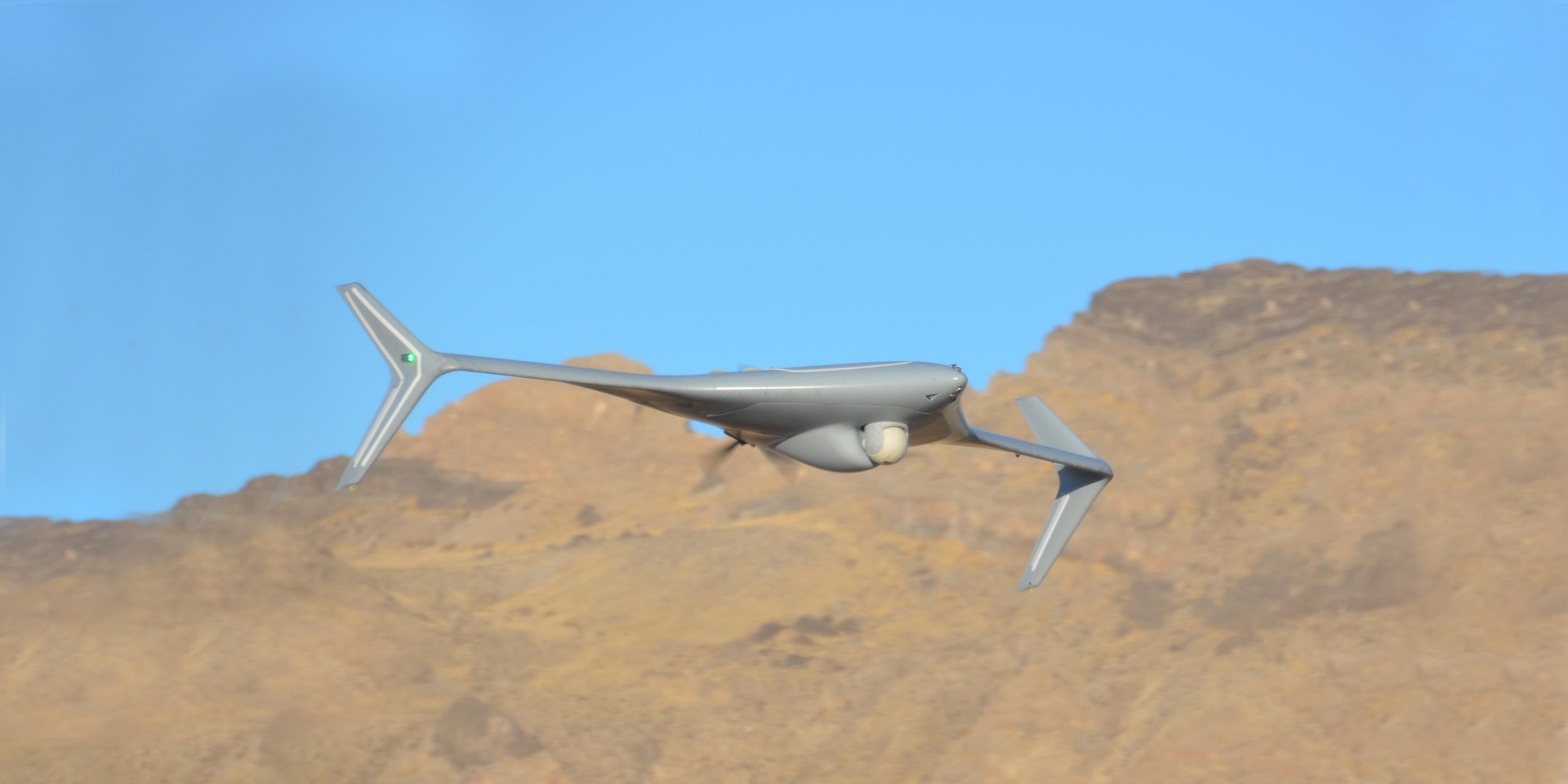A major grant will position the University of Houston at the forefront of redefining how military drones operate.
The grant, totaling $2.8 million, will fund a new induction machine-based electrical power generation system designed to replace the older, less efficient synchronous generator systems currently used in Unmanned Aircraft Systems. The goal is to create a power source that is lighter, more efficient and more cost-effective.

UH worked with GE Aerospace and Northrop Grumman to develop the technology. By improving power generation, the system could help drones consume less fuel and produce fewer emissions. The project is led by UH Electrical and Computer Engineering Professors Kaushik Rajashekara, who served as PI, and Hao Huang, co-PI.
“This project allows us to reduce the weight and cost of the overall system, while increasing its efficiency,” Rajashekara said. “That means cleaner, more capable drones.”
For UH, the project is an opportunity to build its reputation in aerospace research. The work is being carried out in collaboration with the Air Force Research Laboratory, making the university a key player in advancing drone technology.
The project is being executed in three phases, the first being a seven-month process in which UH worked with GE Aerospace to develop initial concepts and planning. That piece was completed in 2024.
The university is currently in the middle of the second phase, which will focus on design and analysis. Rajashekara expects this phase to take nine months. The final phase, which is the actual construction of the concept, will take about two years.
In all, technology has been simmering for more than 15 years, Rajashekara said, but the aerospace industry only recently realized its potential.
“We have been pushing for this technology,” Rajashekara said. “Now, the Air Force is convinced they need to look at the induction generator-based technology for UAS applications. We’re happy that there’s interest.”
